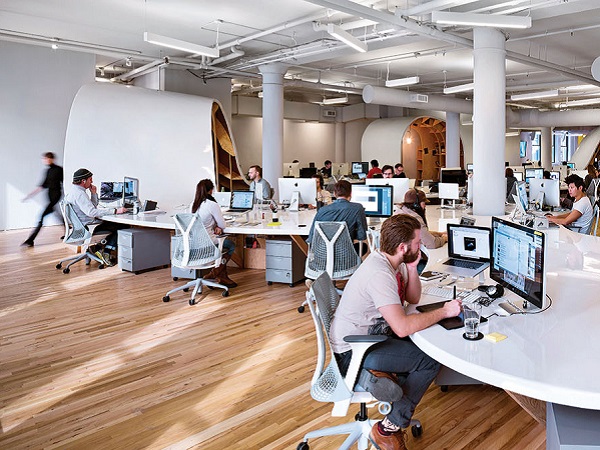In today's fast-paced world, commercial design architecture plays a critical role in shaping how businesses operate and how clients and customers perceive them. Whether it’s a modern office building, a retail store, or a restaurant, architectural design goes beyond aesthetics — it influences functionality, brand identity, sustainability, and user experience.
At its core, commercial architecture is about creating functional spaces tailored to the needs of businesses. These spaces must support workflows, promote productivity, and accommodate future growth — all while reflecting the company’s values and identity. From floor plans and material selection to lighting, acoustics, and layout, everything contributes to the final experience of those who interact with the building.
What is Commercial Design Architecture?
Commercial design architecture involves the planning and design of buildings used for business purposes. This includes offices, shops, hotels, hospitals, schools, and other non-residential facilities. Unlike residential architecture, where the focus is on personal living spaces, commercial design architecture is about creating environments that are efficient, welcoming, and suitable for business operations.
One of the key components of this type of design is flexibility. As businesses evolve, so do their spatial needs. A well-designed commercial space should offer room for future expansion or adaptation without requiring complete renovations. This forward-thinking approach saves money and reduces downtime in the long run.
Functionality Meets Aesthetics
A successful commercial building blends functionality with visual appeal. For instance, a retail store needs to guide customers through its layout effortlessly while making a strong impression through design. Similarly, an office should foster collaboration, comfort, and concentration, all within a coherent visual style.
The architecture should reflect the brand’s identity. Sleek, minimalistic designs may suit tech startups, while rich textures and classic elements might be ideal for law firms or financial institutions. This seamless blend of branding and spatial design helps create a lasting impression on clients and customers.
Sustainability and Commercial Design
Sustainability is another growing trend in commercial architecture. Businesses are increasingly aware of their environmental impact, and modern architecture offers several ways to reduce it. This includes using eco-friendly materials, incorporating natural lighting, improving energy efficiency, and reducing waste.
Green building certifications, like BREEAM or LEED, are becoming a priority for forward-thinking companies. They not only help the environment but also improve brand reputation and employee satisfaction.
Why Choosing the Right Commercial Architecture Partner Matters
The success of any commercial project heavily depends on the expertise of the architectural firm behind it. Experience, creativity, technical knowledge, and a deep understanding of commercial needs are essential qualities to look for in a design partner.
RISE Design Studio exemplifies this approach to commercial design architecture. With a reputation for innovative and sustainable solutions, RISE Design Studio creates inspiring spaces that serve both form and function. Their team understands how to design commercial buildings that meet client needs while aligning with environmental goals and modern design trends.
Whether it's a new commercial build or the renovation of an existing structure, RISE Design Studio’s portfolio showcases their ability to adapt design principles to different industries and client expectations.
Key Elements of Good Commercial Design
If you're planning a commercial space, here are a few critical elements that should not be overlooked:
- Space planning: Efficient use of space to support the daily operations of your business.
- Lighting design: A mix of natural and artificial lighting to create an energizing environment.
- Accessibility: Compliance with accessibility standards ensures inclusivity for all users.
- Technology integration: Smart design includes infrastructure for IT systems, security, and communication.
- Brand expression: Your building should reflect your company’s character and culture.
- Sustainable materials and energy systems: Essential for modern and responsible design.
Conclusion
In an increasingly competitive business environment, commercial design architecture isn’t just a luxury — it’s a necessity. The right design can boost employee productivity, impress clients, and enhance brand value, all while promoting sustainability and future growth.

